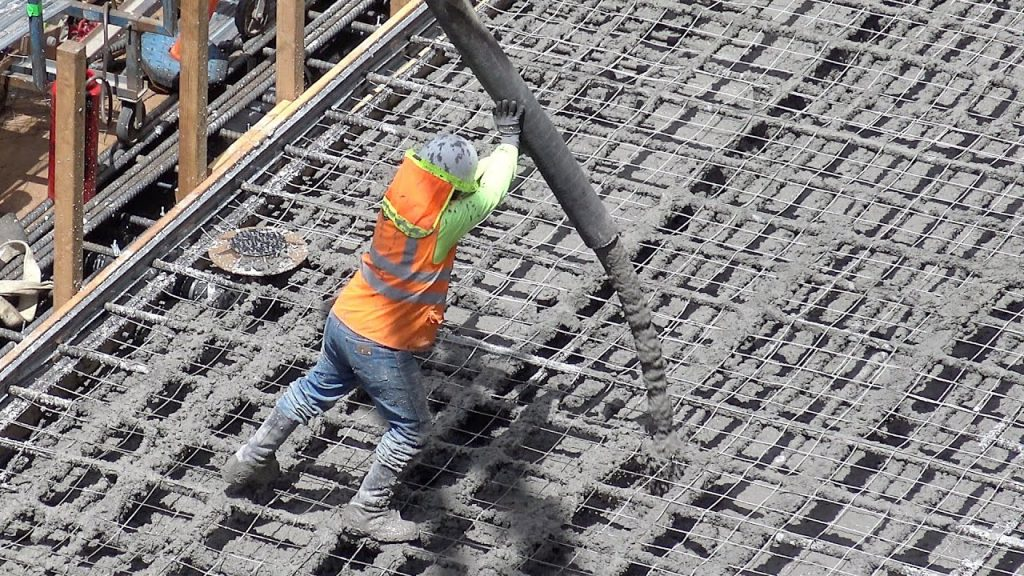
WHAT IS MEANT BY ‘CONCRETE SLUMP’ & WHY DOES IT MATTER?
A very good article I read in the internet, here I would like to share it.
There are several different types of concrete and it is important to know whether the one you are using is right for the job. One thing to take into consideration here is the ‘slump’ of the concrete – read on to find out more about what this is and how it affects your work.
WHAT DOES ‘SLUMP’ MEAN?
The ‘slump’ of concrete refers to the consistency of fresh concrete before it sets – the higher the slump, the more fluid the concrete is. It’s a fairly confusing term for a complex-sounding process, but it really is quite simple when it all boils down.
You may think that the word ‘slump’ is a bit out of place in the context of concrete, usually referring to the act of slouching or sinking, but it’s actually rather apt – it’s called that because it’s measured by testing how much a pile of concrete slumps down when left to stand! The test is done by filling a cone with a sample of the concrete, removing the cone, and measuring how far the concrete has slumped.
CONCRETE SLUMP CLASS
Concrete slump is labelled in terms of what class it falls into, ranging from S1 to S5, based on its average slump value – this is illustrated in the grid below. Concrete in class S1 is a relatively dry mix, and it gets more fluid the further up the classes you go.
In terms of how each class should be used, the general consensus is that S1 concretes are best for kerb and pipework bedding, S2 for strip footings and hard-standing slabs, and S3 for trench-filled foundations requiring high flow ability.
Concretes in the S4 and S5 classes require the help of an experienced concrete technologist due to their typically specialist applications such as foundations, slabs, and pumping/piling concrete.
WHY DO A SLUMP TEST?
A concrete slump test is a way of finding out the consistency of different concretes. The benefits of performing a slump test are that it shows the workability of the concrete and the ease with which it flows, as well as being an indicator of an improperly mixed batch.
When working on a big project with several loads of concrete, a slump test can help to ensure that each one is uniform. So, knowing what the slump of your concrete is and what class it falls into is really important for getting your concrete mix ready for the job.
**************************************************************************I am Alita from Haoboc ,the professional manufacturer of concrete machinery and self erecting tower crane from Changsha ,China. I would like to be the person who can help you in the field of construction machinery filed. :)
Hunan Haoboc Intelligent Creative Machinery Co.,Ltd
E-mail : export@haobocpump.com
Whatsapp & Wechat : 0086-18773116201


Unemployed
1ySo true with the slump testing when concrete pumping. Control risks of blockages.